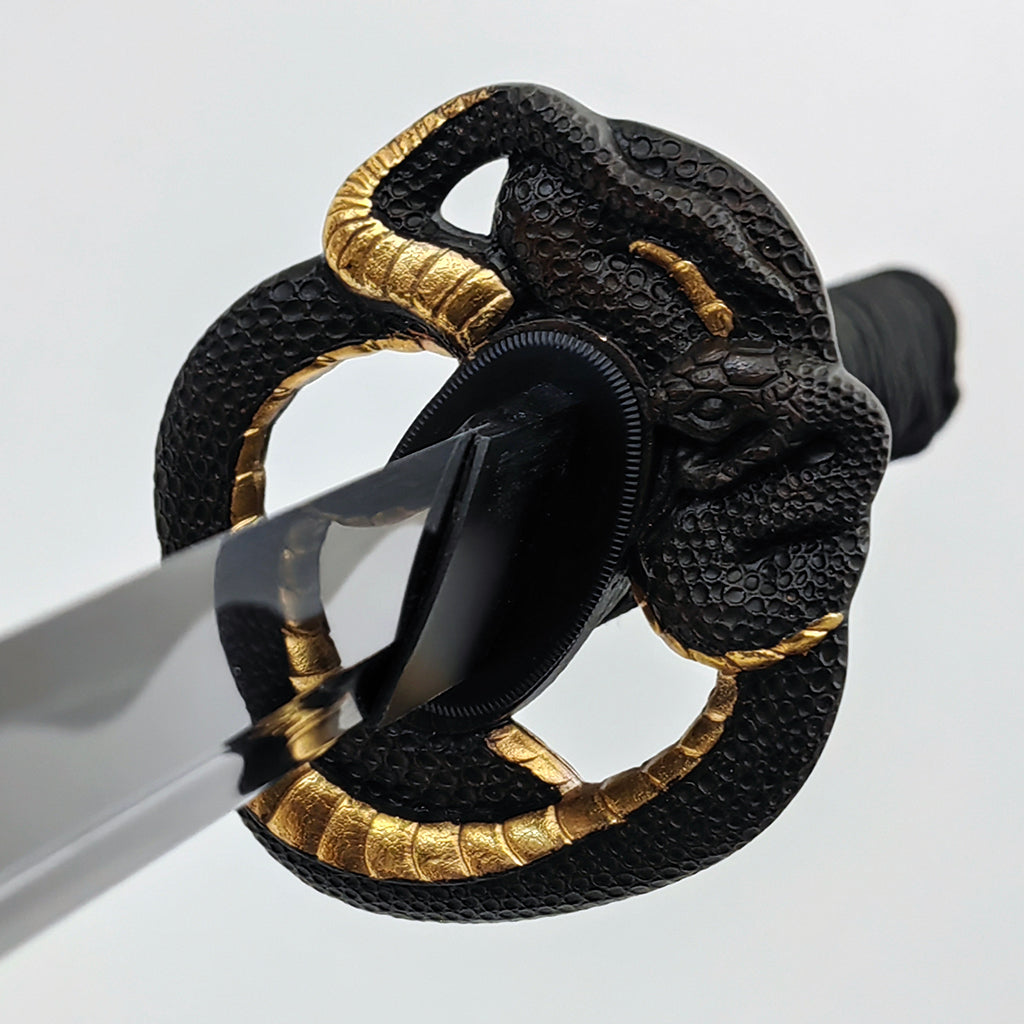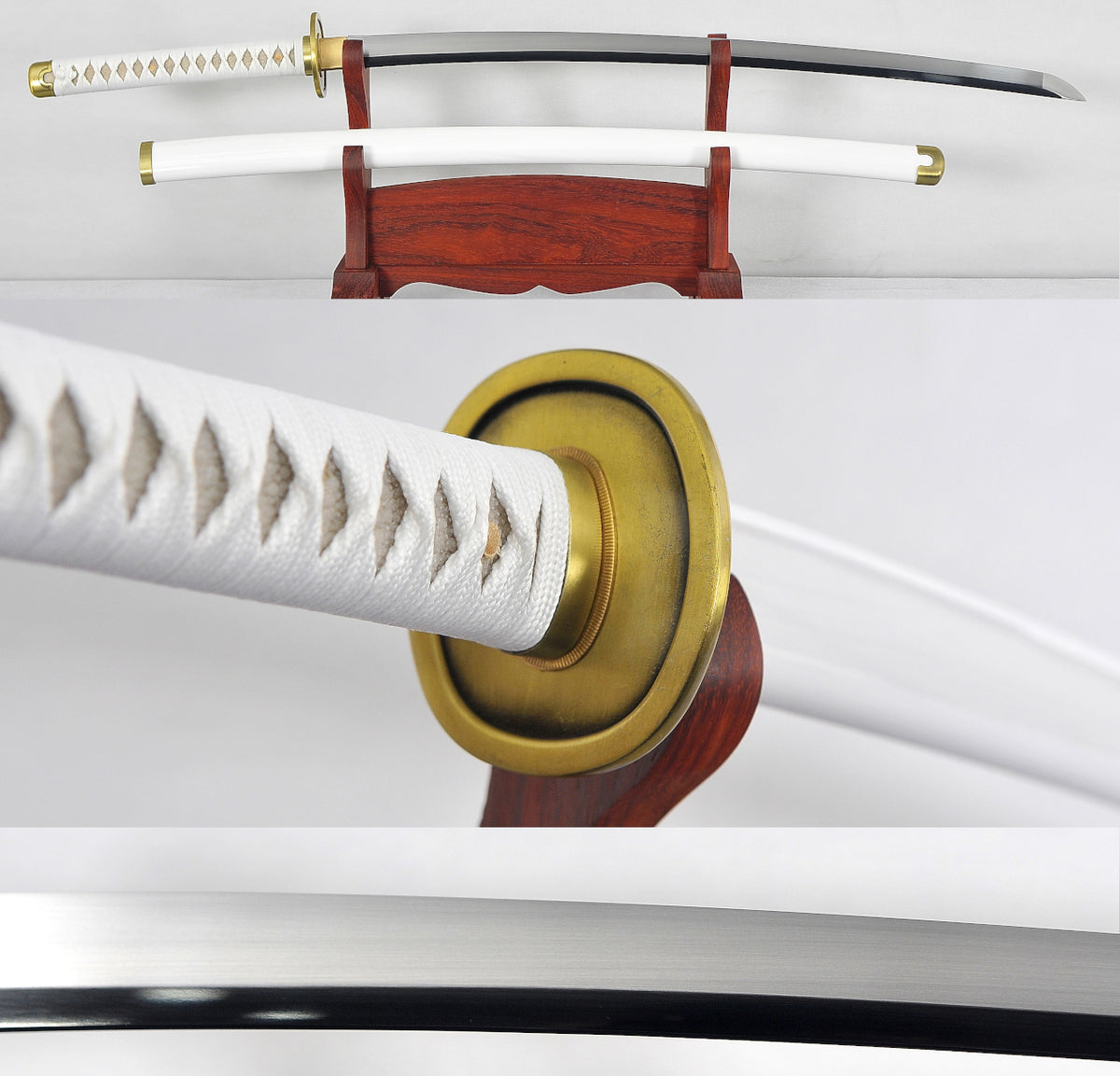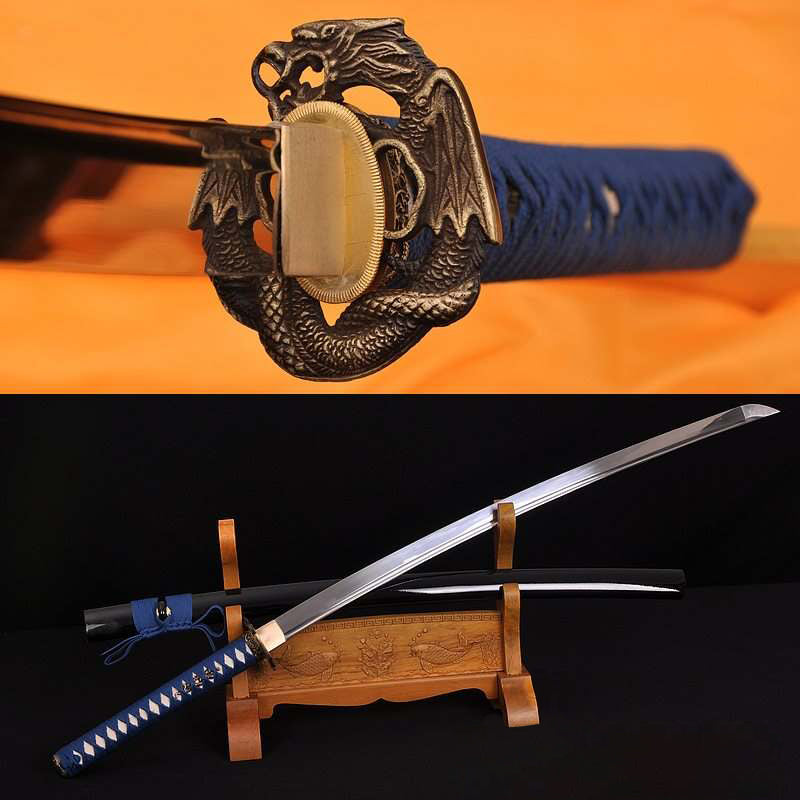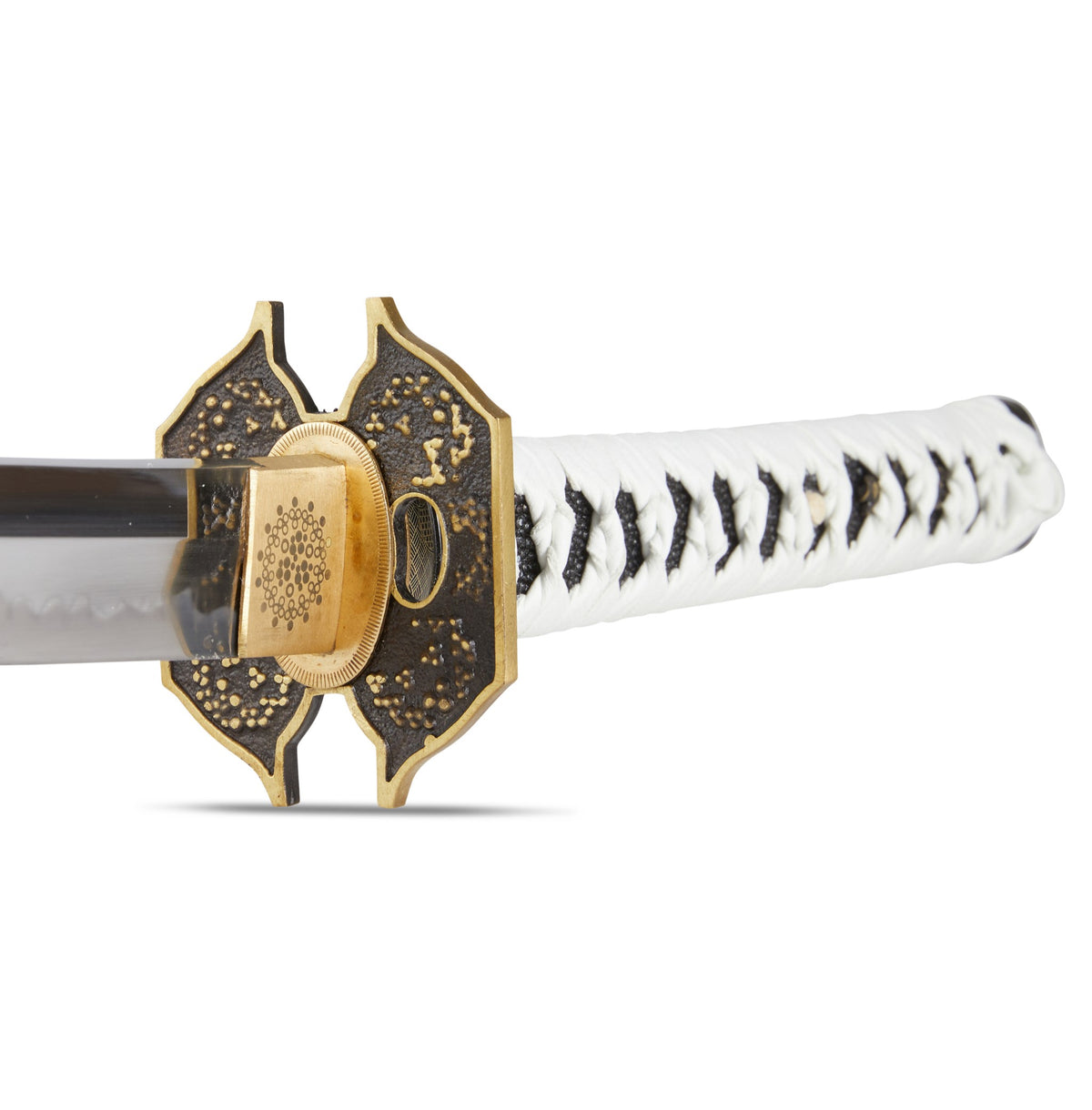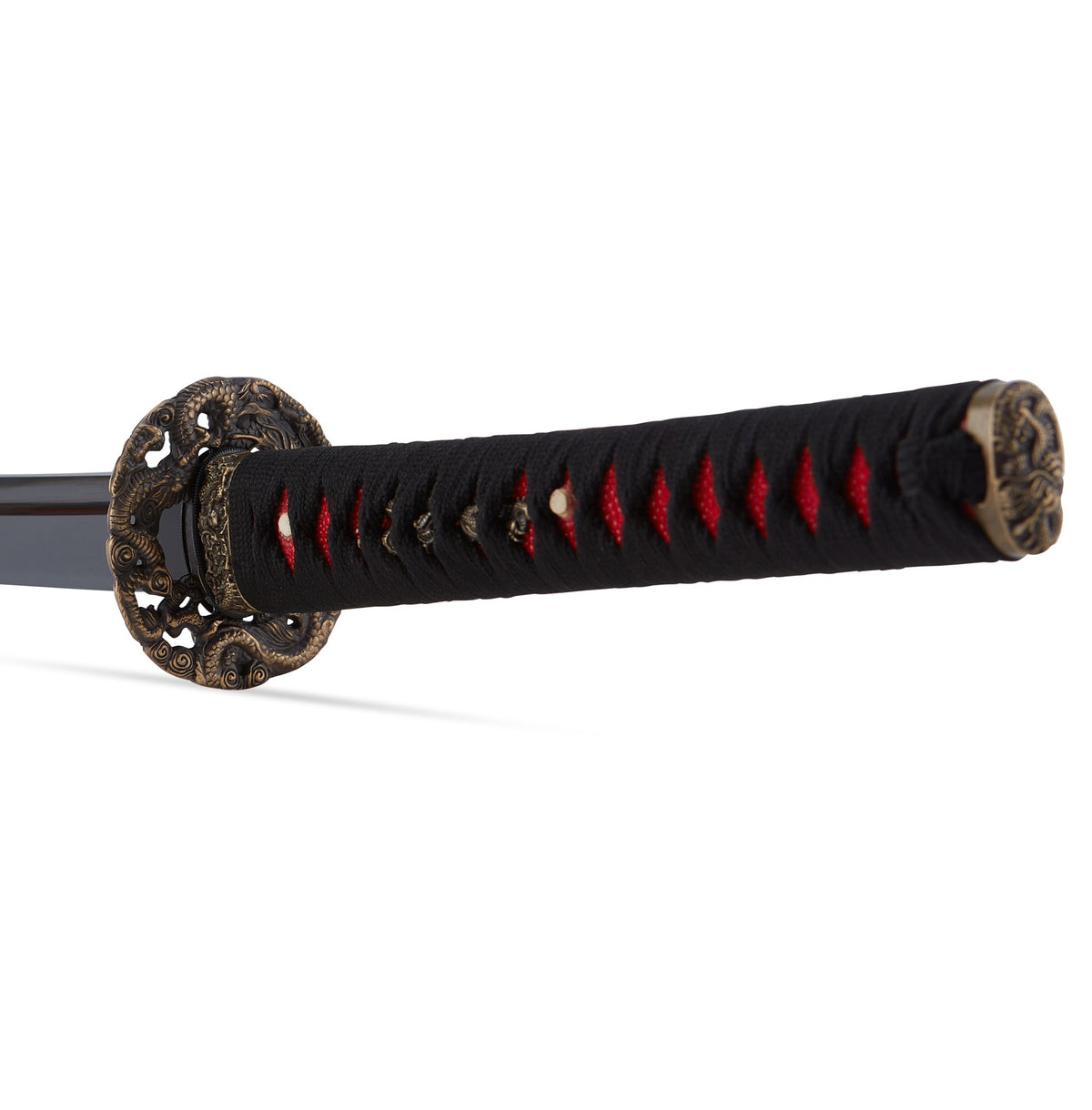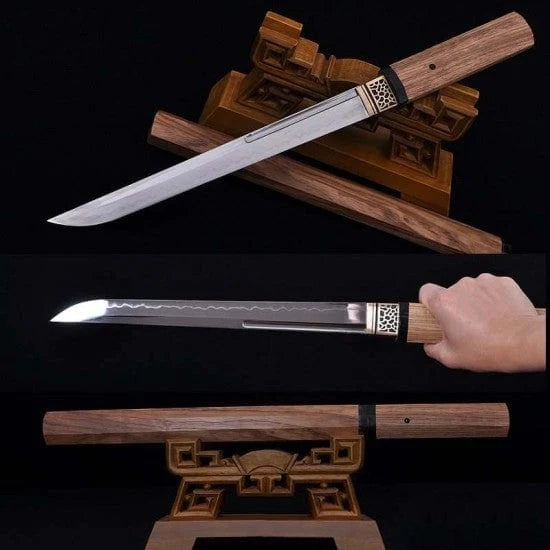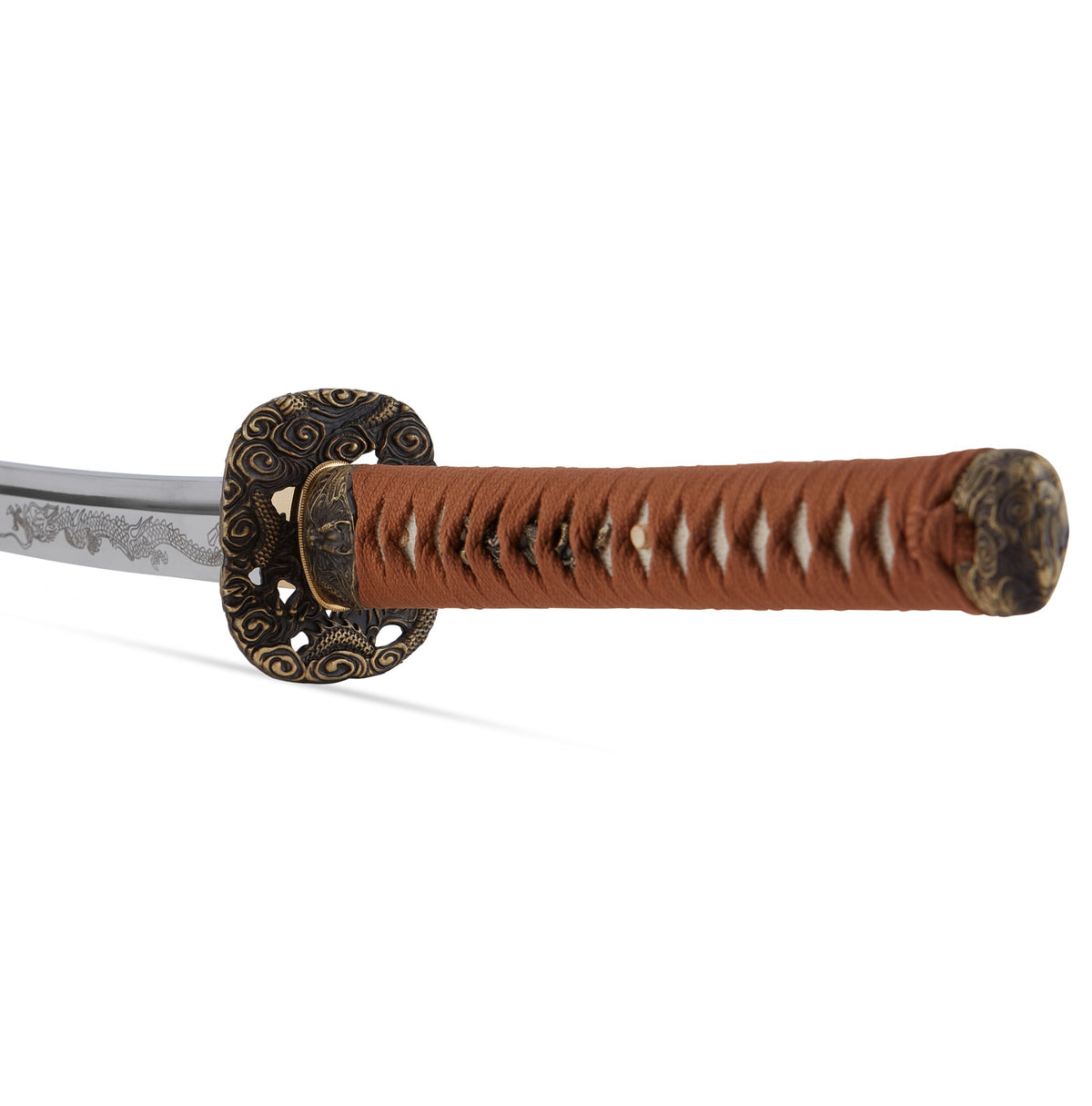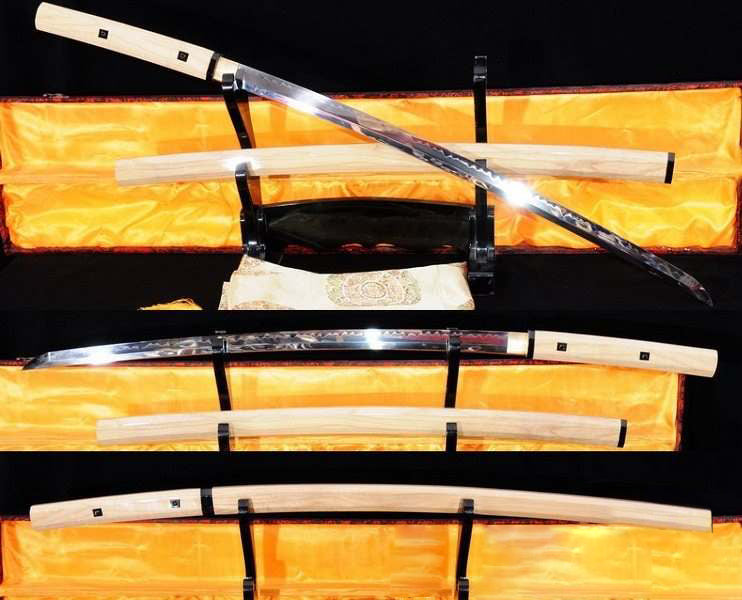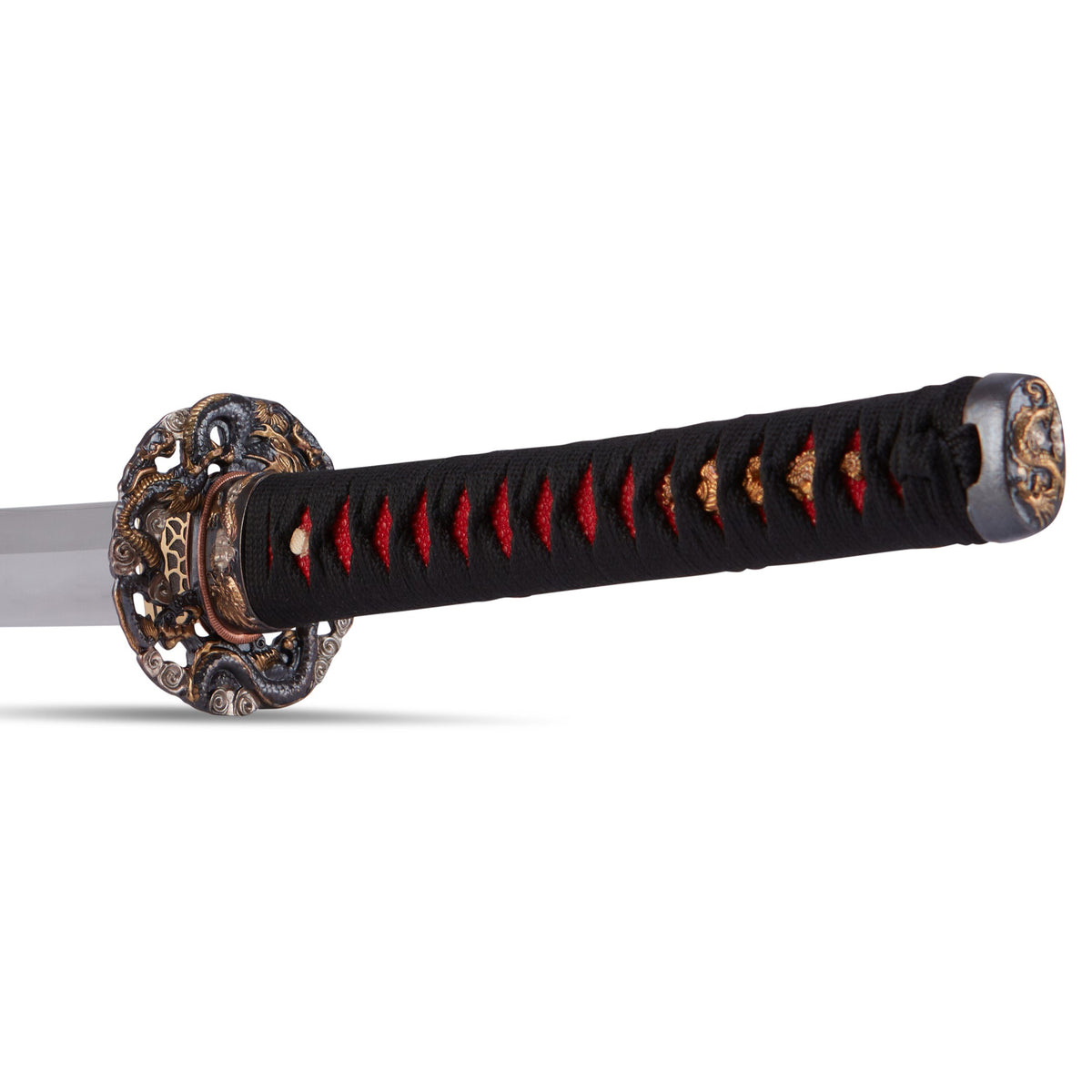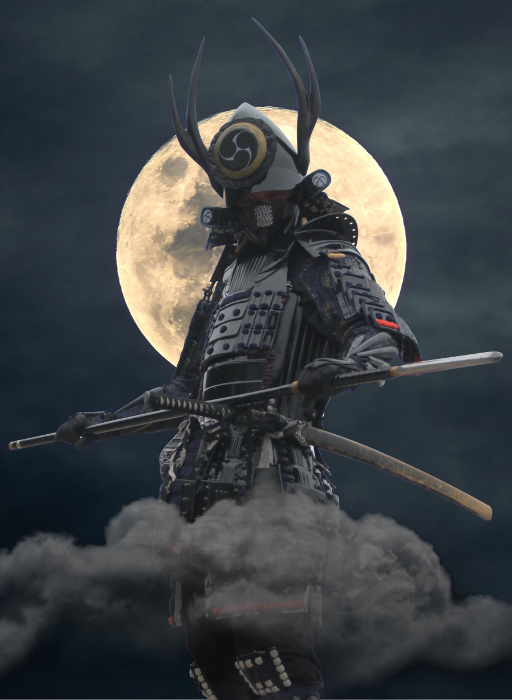Exploring Edo Period Japan: The Age of Shoguns and Samurais
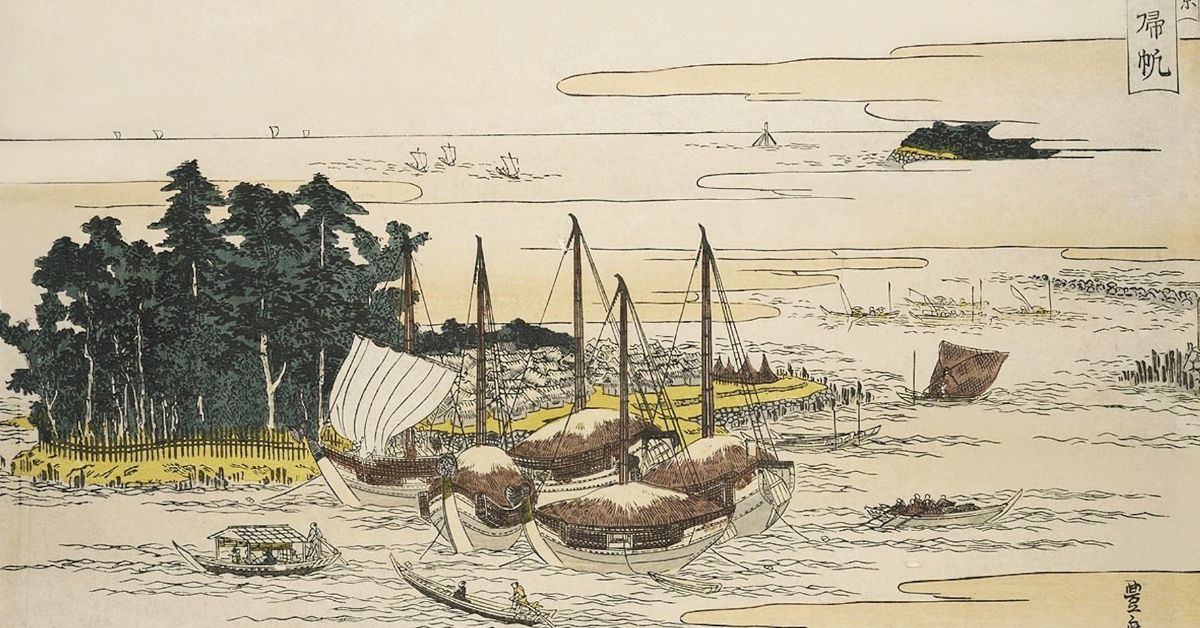
Step back in time to the fascinating Edo period of Japan, an era marked by the consolidation of power, unification, and the establishment of a legacy that would leave an indelible mark on Japanese culture and history.
We embark on an educational journey beginning with the dramatic rise of the Tokugawa shogunate, a regime that would reign for over two and a half centuries. Discover the epic narratives of the Three Great Unifiers - Oda Nobunaga, Toyotomi Hideyoshi, and Tokugawa Ieyasu, whose formidable tactics and alliances brought peace to a land fraught with war.
Witness the transformation of Edo, once a modest fishing village, emerging as the political heartbeat of Japan and setting the stage for what is now the bustling metropolis of Tokyo. Join us as we unfurl the scrolls of the past to reveal the rich tapestry of Edo Period Japan, an epoch where the bushido spirit thrived under the rule of shoguns.
Political Structure and Social Hierarchy during the Edo Period
Understanding the Edo period in Japan requires an exploration of its complex and rigid political hierarchy and social structure. This period was marked by a clear delineation of roles and societal ranks that would influence Japan for centuries.
The Role and Power of the Tokugawa Shogunate
At the apex of the Edo period's political structure was the Tokugawa shogunate. This military government, led by the shogun, held the ultimate power and controlled the land through a centralized feudal system. Under this regime, the shogun was the de facto ruler of Japan, despite the emperor's existence as a figurehead.
The Social Hierarchy (Shinokosho)
- Samurai: The warrior class held high prestige and were vassals to the shogun and daimyo.
- Peasants: Cultivators of the land, peasants were considered the backbone of Edo society, producing the necessary food for the nation.
- Artisans: Skilled in various crafts, artisans contributed to society by creating goods and art that symbolized the era's cultural advancements.
- Merchants: Though essential for trade and commerce, merchants were ranked lowest in the hierarchy as their wealth came from the redistribution of others' production.
The Daimyo (Feudal Lords) and Their Relationship with the Shogunate
Another key component of the Edo period's ruling structure was the daimyo, powerful feudal lords who controlled their own domains and maintained autonomy over their lands. They were required to pay homage to the shogun and adhere to the laws imposed by the shogunate. This intricate relationship formed a balance of power that helped maintain peace and order throughout the era.
The Policy of Sankin-kotai (Alternate Attendance)
One of the distinctive policies of the Edo period was Sankin-kotai, a system of alternating attendance which required daimyo to spend every other year at the shogun's court in Edo. This policy ensured loyalty, weakened the daimyo's power by imposing financial and logistical burdens, and reinforced the dominance of the shogunate by keeping a close eye on the feudal lords.
Sakoku: National Isolation
The term Sakoku refers to the period of national isolation imposed by the Tokugawa shogunate in Edo period Japan. Beginning in the 1630s and lasting for more than two centuries, this policy had profound implications for Japan, both in terms of its foreign relations and its internal stability.
The Sakoku Policy and Its Implications for Foreign Relations and Trade
Under the Sakoku edicts, Japan imposed strict regulations on foreign trade and interaction. Japanese citizens were prohibited from traveling abroad, and the entry of foreigners was heavily restricted. The Dutch and Chinese were permitted to trade at a single port, Dejima in Nagasaki, under tightly controlled conditions.
This policy effectively severed Japan from the rest of the world's influence and allowed the shogunate to maintain control over foreign knowledge and religious ideologies entering the country.
Effects on Domestic Stability and Cultural Development
The isolation of Japan had the unintended side effect of fostering a period of internal peace and stability. Without external conflicts, the shogunate was able to solidify its power and focus on governance. Culturally, Sakoku sparked a development in uniquely Japanese arts and customs.
Isolated from the rest of the world, Japan's domestic culture flourished, leading to a period of intense cultural expression and innovation within the closed borders of the nation.
Christianity and European Influence During Isolation
During the Sakoku period, Christianity was seen as a threat to the shogunate's power and was strictly prohibited. The fear was that European powers, notably Spain and Portugal, could use the religion to gain influence in Japan, as they had done in other parts of the world.
The ban on Christianity led to the persecution of Christians and a concerted effort to eradicate its presence in Japan. Despite this, European influence persisted through limited trade and the exchange of scientific and medical knowledge, particularly via the Dutch at Dejima.
- Trade restrictions ensured that Japan remained economically self-sufficient and technologically innovative in certain fields without Western influence.
- Art and culture prospered uniquely Japanese forms, as isolation prevented external cultural appropriations and influences.
- Christians and European influence were shunned, resulting in an insular national identity with a strong emphasis on traditional Japanese values and norms.
Samurai: The Way of the Warrior
The Samurai were the warriors of pre-modern Japan, and they played a crucial role during the Edo period. Not only were they skilled in combat using a variety weapons (the most famous being their katana swords), but they also held significant cultural and philosophical importance in Japanese society.
The Cultural Significance of Samurai in Edo Japan
In Edo Japan, Samurai were not only military defenders but also stewards of culture and social order. Samurai followed a strict set of ethical guidelines and were highly respected for their unwavering loyalty, honor, and martial prowess. Samurai culture permeated many aspects of life, influencing art, education, and the legal system.
The Ethos of Bushido (The Way of the Warrior)
The ethos behind the Samurai's way of life was Bushido, often referred to as 'The Way of the Warrior'. Bushido was a code of moral principles which dictated the Samurai's way of life and was grounded in the virtues of righteousness, courage, benevolence, respect, honesty, honor, and loyalty. This code shaped the Samurai's conduct in both warfare and in peacetime, becoming a cornerstone of Samurai philosophy.
The Changing Roles of Samurai During a Period of Prolonged Peace
With the Edo period being relatively peaceful, the Samurai's role as warriors shifted significantly. Many found themselves acting as bureaucrats, teachers, and artists. This period saw the transition of the Samurai from a class defined by martial ability to one also engaged in cultural and intellectual pursuits.
However, the importance of martial readiness was never abandoned, and the way of the warrior, the spirit and discipline of Bushido, continued to influence the everyday life of the Samurai, even in times of peace.
- Samurai served as the ruling elite in a highly structured society.
- In lieu of active combat, many Samurai devoted themselves to the study of literature, calligraphy, and the arts.
- Training in martial arts persisted, focusing on strategy and discipline rather than battlefield tactics.
Martial Arts During Edo Period in Japan
Kenjutsu, Jujutsu and Kyudo
In Edo Japan, martial arts were not only a means of combat but also a pathway to spiritual and personal refinement. The era, witnessed the rise and formalization of various martial disciplines, most notably Kenjutsu (the art of the sword), Jujutsu (the art of yielding), and Kyudo (archery).
These arts were practiced by the samurai, the warrior class, who saw them as essential skills for battle and personal honor. However, over time, these martial practices transcended their military origins to become a means of cultivating discipline, focus, and moral integrity. Schools and styles proliferated, each with its own techniques, philosophies, and training methods, contributing to a rich and diverse martial tradition.
The peaceful nature of the Edo period, largely free from warfare, allowed martial arts to evolve from battlefield techniques into more philosophical and educational systems. This transformation was embodied in the concept of "Budo," which emphasizes the martial way as a path to self-improvement and ethical living. The practice of martial arts became integrated into daily life, with dojos (training schools) serving as centers for learning and community.
Through rigorous training, practitioners aimed to achieve a state of "Mushin," or "no-mindedness," where the mind is free from thoughts of fear, anger, and ego, allowing for a pure and intuitive state of being. This period laid the groundwork for modern martial arts worldwide, emphasizing the balance between physical prowess and spiritual growth.
Sumo
As martial arts flourished in various forms during the Edo period, Sumo also saw significant development, evolving into a professional sport that remains popular in Japan today. Originally a ritual performance in Shinto ceremonies, Sumo's roots can be traced back to the Yayoi period (300 BCE – 300 CE).
However, it was during the Edo era that Sumo began to resemble its current form, with the establishment of official rules, professional wrestlers, and organized tournaments. The Tokugawa shogunate recognized Sumo as a form of entertainment and a way to showcase strength and discipline, thereby sponsoring and promoting Sumo tournaments.
These events were not just sports competitions but also social gatherings that drew spectators from across the societal spectrum, including samurai, merchants, and townsfolk.
The Edo period institutionalized the banzuke system, which ranked wrestlers, and formalized the dohyo, the ring in which Sumo matches take place. This era also saw the introduction of ceremonial aspects still present in modern Sumo, such as the elaborate entrance processions, the use of salt for purification, and the distinctive loincloth known as the mawashi.
Wrestlers during this time became celebrated figures, their popularity reflecting the sport's deep cultural significance. Sumo during the Edo period was more than just a physical contest; it was a display of power, grace, and tradition, embodying the values of respect, courage, and perseverance. Through its development in the Edo era, Sumo established itself as a quintessential Japanese cultural icon, a status it maintains to this day.
The Flourishing of Cities and Culture
During the Edo period in Japan, an unprecedented urban expansion transformed the face of the country. The shogunate's capital, Edo, burgeoned into one of the world's largest cities. This bustling metropolis, now known as Tokyo, became a formidable hub of administration, commerce, and culture.
Growth of Edo and Other Cities
The Tokugawa shogunate oversaw the rise of Edo as well as other significant cities such as Kyoto and Osaka. Edo's population soared, serving not just as the residence of the shogun but also as a focal point for the daimyo (feudal lords), who were required to spend alternating years in the city.
This policy, known as sankin-kotai, stimulated regional economies and the development of infrastructure to support the extensive travel it necessitated.
Emergence of a Vibrant Merchant Class
As cities prospered, so too did the merchant class. While traditionally low in the social hierarchy, these savvy businessmen accrued significant wealth, largely due to the stabilization and peace maintained under the Tokugawa rule. Their newfound economic power began to challenge the existing societal order, leading to increased social mobility and a burgeoning consumer culture.
Cultural Renaissance in the Genroku Era
The Genroku era, often considered a golden age of Japanese culture, took place from 1688 to 1704. During this time, art, literature, and theater thrived. The strong Kabuki and Bunraku theaters became popular amongst the common people and the ruling classes alike, reflecting a society enamored with drama, storytelling, and spectacle. Moreover, the Genroku period saw the advent of ukiyo-e, a genre of woodblock prints that depicted the so-called "floating world" of ephemeral pleasures.
Cultural Contributions of the Merchant Class
The wealth of the merchant class not only elevated their status within society but also allowed them to become patrons of the arts and culture. This patronage was a catalyst for artistic innovation and cultivated a cultural milieu that celebrated the pursuits of leisure and entertainment.
- Edo blossomed into a city of over a million inhabitants, teeming with traders, samurai, artisans, and entertainers.
- Osaka, dubbed "the nation's kitchen," emerged as a center for commerce and rice trade, playing a critical role in the country's economic framework.
- Kyoto remained a center of traditional culture and handicrafts, boasting a rich history as the former imperial capital.
In essence, the Edo period was a time of both cultural and urban development which paved the way for modern Japan. The cultural dynamism and urbanization of this era left an indelible mark on Japanese history, witnessing not just the evolution of cities but also the transformation of Japanese society at large.
Artistic Expression in Edo Japan
The Edo period, a time of peace and relative isolation for Japan, was marked by a rich outpouring of artistic expression. Amidst the backdrop of societal stability, the arts flourished, reflecting the values, dreams, and the everyday life of the Japanese people during this era. Let us explore the vivid tapestry of Edo's cultural landscape, where traditional forms were perfected and new art forms emerged.
Ukiyo-e (Woodblock Prints)
One of the most iconic art forms of this time was Ukiyo-e, or woodblock prints, which depicted the fleeting world of the common people with beauty and whimsy. These prints presented vibrant scenes ranging from the daily hustle of city life to the tranquil landscapes of the Japanese countryside. Ukiyo-e artists like Hokusai and Hiroshige captured the essence of Edo period Japan with their striking and colorful imagery, making these prints highly sought after, both in the past and present-day.
Kabuki and Bunraku (Theater)
The stages of Edo shone bright with the rise of dynamic and visually spectacular forms of theater, such as Kabuki and Bunraku. Kabuki, with its elaborate costumes, dramatic makeup, and bold storylines, became a popular form of entertainment for the masses. At the same time, Bunraku, the traditional puppet theater, tugged at the heartstrings of the audience, its intricate puppetry and emotive narratives offering a unique storytelling experience. Both forms of entertainment reflected societal themes and human emotions, making them resonate deeply with Edo society.
The Mystique of Geisha Culture
Another facet of Edo's artistic expression was the enigmatic world of the Geisha. Trained in various arts like dance, music, and conversation, Geishas were the epitomes of grace and culture. Their role went beyond mere entertainment; they were considered the fashion icons and trendsetters of their time. The mystique surrounding Geisha culture inspired countless artworks and performances, contributing greatly to the period's artistic legacy.
- The craft of Ukiyo-e mirrored the changing times and evolving tastes of the Edo populace.
- Kabuki and Bunraku theaters became melting pots of art, attracting audiences from across society's spectrum.
- Geisha culture, veiled in allure and mystery, represented the sophistication and delicate aesthetic sensibilities of the period.
In conclusion, artistic expression during the Edo period was a mirror reflecting the society's ideologies and emotions. Whether through the bold lines of a woodblock print, the dramatic performance on the Kabuki stage, or the subtle elegance of Geisha, Edo Japan left an indelible mark on the world's artistic heritage.
Philosophical and Intellectual Trends During the Edo Period
The Edo period in Japan was not just a time of political stability and economic growth; it was also a remarkable era for the emergence and spread of new philosophical and intellectual movements. These schools of thought significantly influenced the cultural and social fabric of Edo society, leaving an indelible mark that can still be felt in modern Japan.
The Spread of Neo-Confucianism and Its Influence on Edo Society
Neo-Confucianism, which had its roots in China, became particularly influential during the Edo period. It became the official ideology of the Tokugawa shogunate, shaping the moral code and the educational system.
Neo-Confucianism emphasized the importance of ethics, self-discipline, filial piety, and the social order. This philosophy greatly affected the thinking and behavior of people in Edo Japan, from the ruling samurai to the common folk.
The Emergence of National Studies (kokugaku) and Its Impact on Japanese Identity
Parallel to the influence of Neo-Confucianism, the Edo period also saw the growth of National Studies or kokugaku. This intellectual movement aimed to study and promote ancient Japanese thought and culture, becoming instrumental in the development of a distinct Japanese identity.
Kokugaku scholars criticized the dominance of Chinese philosophies and sought to rediscover Japan's ancient values and Shinto traditions. Their work would set the stage for the rise of Japanese nationalism in the late Edo period and beyond.
- Neo-Confucianism brought structure and a renewed moral compass to Japanese governance and social systems.
- Kokugaku instilled a sense of national pride by looking to Japan's own cultural roots rather than foreign influences.
Escalating into a Modern Economy
The Edo period in Japan was marked not only by cultural renaissance but also by significant economic changes that set the stage for Japan's eventual modernization. During this time, Japan saw a notable transformation in its economic structure and practices, profoundly altering its society and laying the groundwork for the future.
Economic Growth and Monetization within the Edo Period
Throughout the Edo period, Japan experienced substantial economic growth. The widespread use of coins and the rise of monetization enhanced trade and commerce. This shift away from a barter-based economy allowed for more sophisticated and expansive economic activities, facilitating the flow of goods and capital across the archipelago, empowering merchants, and giving rise to a vibrant market culture.
The Shift from Feudal Agrarian Society to Burgeoning Urban Economies
The Edo era saw a significant transition from a feudal agrarian society to one with thriving urban centers. Cities such as Edo (modern-day Tokyo), Osaka, and Kyoto became bustling hubs of activity, prompting the development of new industries and the flourishing of crafts and businesses. This urbanization contributed to a diversified economy, with an increasing emphasis on production for market exchange rather than merely for subsistence or feudal dues.
The Great Peace of the Tokugawa (Pax Tokugawa) and Its Economic Effects
The relative stability known as the Pax Tokugawa had profound economic implications. The peace and order established by the Tokugawa shogunate reduced conflict-related disruptions, allowed for safer travel between regions, and encouraged investment and entrepreneurship.
The era's tranquility provided the societal calm necessary for economic innovation and growth, ultimately serving as one of the Edo period's most enduring legacies and a pivotal bridge to industrialization and modernity.
- The unification and stability of the country under Tokugawa rule contributed to increased agricultural production and efficiency.
- Commerce expanded, leading to the development of sophisticated credit, banking, and insurance systems.
- Artisanal goods, luxuries, and other products were increasingly produced for the market, fueling consumer culture.
The Twilight of the Shogunate
The final chapters of the Edo period tell the tale of a nation poised on the brink of monumental change. The shogunate, once an unassailable force, began to witness the embers of its formidable power fade into the twilight of history.
Edo Castle as a Symbol of Shogunate Power
Edo Castle, with its imposing walls and grandeur, stood as the heart of the shogunate's might and the epicenter of Japanese political power. It was within these storied grounds that the Tokugawa family asserted their authority over Japan for over two and a half centuries. However, as the period waned, so too did the strength symbolized by this majestic fortress.
Commodore Perry's Black Ships and the Forced Opening of Japan
In an event that would forever alter the course of Japanese history, Commodore Matthew Perry's fleet of Black Ships arrived on the shores of Japan in 1853. These foreign vessels, with their advanced technology and overwhelming military might, demonstrated the inadequacy of the shogunate's isolationist policies and the samurai's antiquated ways of warfare.
- The arrival of Perry demanded the opening of Japan to international trade, inciting both fascination and fear among the Japanese population.
- The shogunate’s response to the Western encroachment highlighted the limitations of the Tokugawa leadership.
- The subsequent signing of the Treaty of Kanagawa marked the end of Japan's Sakoku (closed country) policy and the beginning of a new era of foreign influence and internal dissent.
The Downfall of the Tokugawa Shogunate and the Meiji Restoration
The combination of external pressure from Western powers and internal conflict ultimately led to the shogunate's demise. Deeply rooted frustrations regarding the shogun's inability to protect Japan's sovereignty coalesced into a focused revolutionary spirit, leading to the historic Meiji Restoration in 1868.
This period saw the reassertion of imperial rule and the dissolution of the shogunate. The Tokugawa family, which had held power for generations, was cast aside as Japan marched towards modernization. It was a radical and tumultuous shift that reshaped the Japanese society, government, and military, paving the way for rapid evolution into the industrial age.
The twilight of the shogunate thus marked both an end and a beginning: the end of Edo period’s feudal structures and the dawn of Japan’s emergence as a modern state on the global stage.
Legacy of the Edo Period
The Edo period was a pivotal era in Japanese history that not only shaped the cultural identity of Japan but also laid the groundwork for its evolution into a modern state. As we reflect upon the centuries of Edo's rule, we uncover an enduring legacy that continues to influence Japan to this day.
How the Edo Period Paved the Way for Modern Japan
The governance structures and policies instituted during the Edo period formed the backbone of Japan's modern political and social systems. The era's emphasis on stability, infrastructure development, and detailed record-keeping provided a reliable framework upon which contemporary Japan has built and innovated.
- Centralized feudalism, while replaced by a modern governmental system, paved the way for Japan's ability to quickly adapt and centralize power during the Meiji Restoration.
- Economic policies and practices initiated during this period set the stage for Japan's industrialization and economic rise in the subsequent centuries.
- Educational reforms and the spread of literacy among the populace cultivated a well-informed society conducive to rapid modernization.
Reflections on the Cultural and Political Legacies of the Era
The Edo period's impact on Japanese culture is incalculable. This era gave rise to art forms and cultural traditions that continue to be celebrated and practiced, ensuring that the spirit of Edo Japan endures:
- The visual arts, including ukiyo-e woodblock prints and the wistful aesthetics of Hokusai and Hiroshige, remain emblematic of Japanese art around the world.
- Kabuki theater and Bunraku puppet theatre developed during this time continue to draw audiences with their elaborate performances and timeless narratives.
- Haiku poetry, which flourished under the influence of masters like Basho, still captures the imagination of poets globally.
- Respect for craftsmanship, forging and artisanal skills honed during the Edo period are evident in modern Japan's dedication to quality and precision.
In politics, the rigid social hierarchy and strict governance policies of the Edo shogunate have informed contemporary Japanese societal structures and corporate culture, underpinning Japan's unique blend of traditionalism and modern efficiency.
In summary, the Edo period's legacy is a tapestry of cultural depth and political foresight, a heritage that has seamlessly woven itself into the fabric of modern Japanese society. As we study the rich tapestry of Japan's history, the echoes of the Edo period's influence resound in every aspect of contemporary life, from governance and economic policies to cultural practices and intellectual pursuits.
Reflecting on the Edo Period: Japan's Pivotal Era of Transformation
Edo Period Japan marked a significant chapter in the nation's history, shaping the cultural, social, and political landscape in ways that continue to resonate today. It was an era that laid down the bedrock for Japan's future, transitioning from a closed feudal society to a path toward modernization and international presence.
The period is characterized by its rigid social orders, flourishing arts, expanding economic activities, and educational advancements. A time of relative peace and stability, it fostered an environment where culture and the economy could thrive. However, it also set the stage for the eventual downfall of the shogunate and the emergence of modern Japan through the Meiji Restoration.
Best Sellers
- Regular Price
- from $199.99
- Sale Price
- from $199.99
- Regular Price
-
- Unit Price
- per
- Regular Price
- from $299.00
- Sale Price
- from $299.00
- Regular Price
-
- Unit Price
- per
- Regular Price
- from $199.00
- Sale Price
- from $199.00
- Regular Price
-
$0.00
- Unit Price
- per
- Regular Price
- from $619.00
- Sale Price
- from $619.00
- Regular Price
-
- Unit Price
- per
- Regular Price
- from $319.00
- Sale Price
- from $319.00
- Regular Price
-
- Unit Price
- per
- Regular Price
- from $249.00
- Sale Price
- from $249.00
- Regular Price
-
- Unit Price
- per
- Regular Price
- from $339.00
- Sale Price
- from $339.00
- Regular Price
-
- Unit Price
- per
- Regular Price
- from $219.00
- Sale Price
- from $219.00
- Regular Price
-
- Unit Price
- per
- Regular Price
- from $364.00
- Sale Price
- from $364.00
- Regular Price
-
- Unit Price
- per
- Regular Price
- from $519.00
- Sale Price
- from $519.00
- Regular Price
-
- Unit Price
- per
